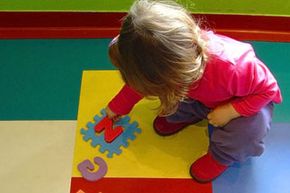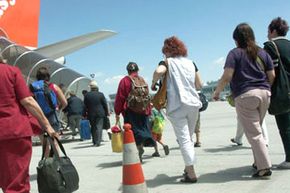Tens of thousands of children are adopted in the United States each year. Adoption gives children an opportunity for a new beginning in a supportive and loving environment. But how does adoption work? Who is allowed to adopt, and why does it cost money? In this article, we’ll look at how adoption works, including domestic adoption, foster care and intercountry adoption. We’ll also explain how to prepare for adoption and what post-adoption services you should consider.
Adoption is a lifelong process, one that requires a lot of preparation and dedication. Adopted children generally do very well in their new families, but problems can arise with adjustment, dealing with parents, coming to terms with a new and unfamiliar situation and interactions between different ethnicities and cultures. In preparing for adoption, it’s essential to be educated about the process and about the challenges you and your child may face. Adoption agencies, colleges, hospitals, religious groups and other organizations provide adoption preparation programs. There are also numerous books, magazines and Web sites about adoption. You can contact friends or relatives who have adopted children or who were adopted themselves, and ask them about their experiences. Consider joining an adoption support group or contacting one to see if they have information or services to offer.
Advertisement
Whether adopting as a single parent or with a spouse, it’s important to ask yourself why you want to adopt. Are you prepared to provide for the needs of a child until he or she reaches adulthood? Is your marriage stable enough to handle the new addition to your family? Some couples believe that adopting a child can somehow heal a fractured marriage, but introducing a child into such a situation is unfair to the child -- who is possibly coming from a broken family of his own -- and will divert attention from a marriage’s real problems.
Familiarize yourself with state and federal adoption laws. In particular, research laws governing who can adopt, timeframes for consent and revocation of consent and termination of parental rights laws.
In preparing for adoption, look at your home and consider where your child will live and whether any renovations or safety precautions need to be implemented. Adoption agencies aren’t looking for “perfect” or wealthy families. Rather, they are looking for families who can provide a loving, welcome and supportive environment that also accommodates any special needs an adopted child may have.
After preparing for adoption, the most important consideration to make is what kind of adoption do you want to pursue -- foster care, domestic, intercountry -- and what kind of agency will you need. In the next section, we’ll look at how to choose an adoption agency.
Advertisement






